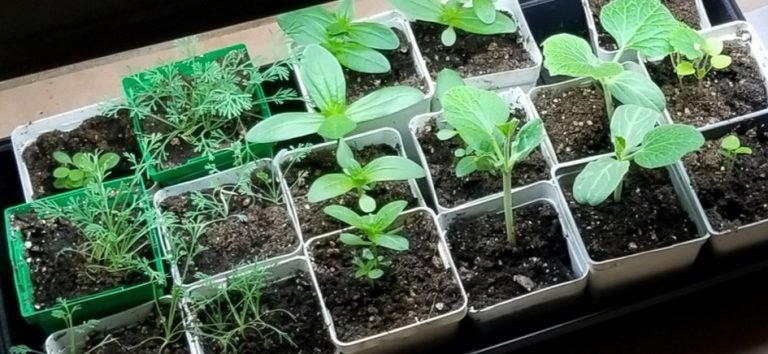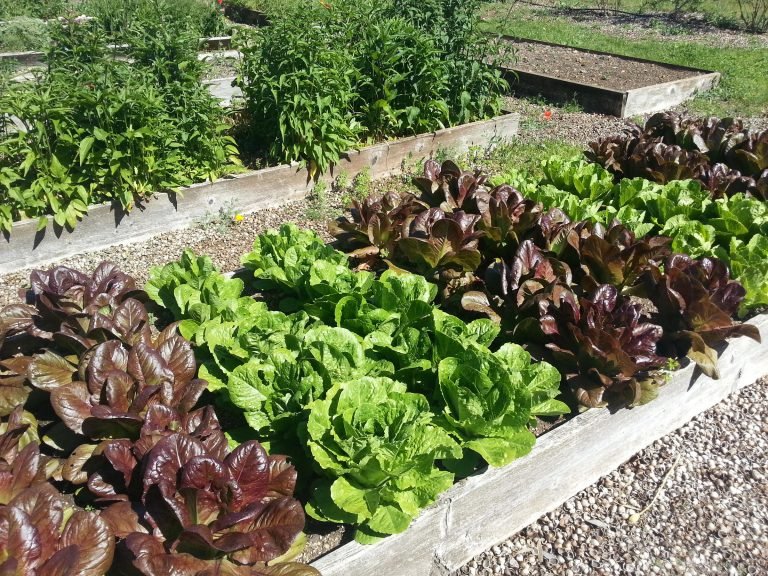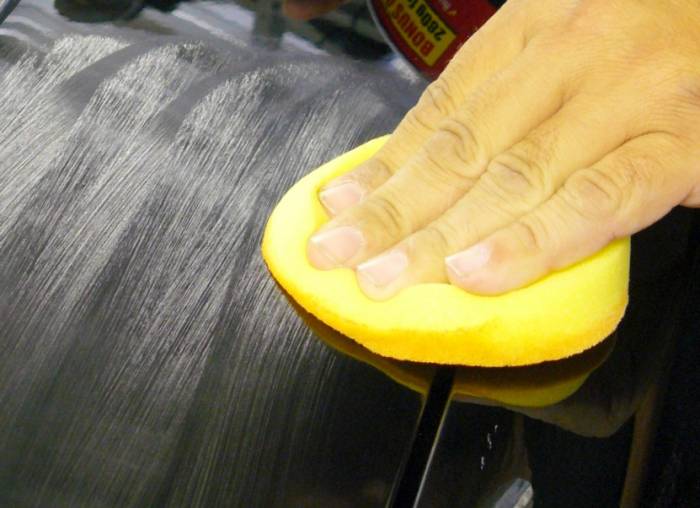best plants to grow on apartment balcony
The pleasure of growing vegetables at home and in your apartment is delightful. If you live in an apartment, you cannot grow vegetables at home. Let’s say you don’t have any experience growing vegetables at home. Start with an easy vegetable, such as basil, and then diversify your home vegetable pots.

This will be a unique and enjoyable experience for you. Growing vegetables at home and generally edible crops will be exciting for you, even if you keep a variety of pots at home. In everyday life, they will save you from drowning. Give yourself a valuable gift today by getting yourself some pots, soil, and vegetable seeds.
Vegetables can be grown in apartments. You can grow vegetables in several pots and several summer crop models if your apartment has a small terrace or even a well-lit window. All you need is the right pot, nutritious soil, and healthy seeds. A regular pot or flower box can be used to plant vegetables such as broccoli, shrubs, root vegetables such as carrots, lettuce, and green leafy vegetables such as basil and parsley. In this method of planting vegetables, you can take all the vegetables with you when you move.
Selection of vases:
A pot is any container with a hole under it and soil inside. However, if you want your pots to have a specific color or shape, you can buy them from specialty stores.
Drainage:
Drill a hole in the bottom of the pot and drain it before filling it with soil. For drainage, you can pour pebbles on the bottom of the pot. Alternatively, you can use broken pottery scraps or crush your old, cracked cups and plates and drop them on the pot’s bottom if you do not have access to pebbles. Each time you water the pot, some water comes out from under it. Putting a pot or a large plate under it would help. Fill the pot with soil that is suitable for the plant. In flower shops, you can purchase enriched soil for planting.
Seed sowing:
It’s time to sow the seeds. Plant them according to the depth recommended on the seed package. It is not necessary to make precise measurements; remember not to sow the seeds deeper than necessary. A general rule about sowing seeds is to sow them at a depth three times their size. The smaller the seed, the closer it should be to the surface of the soil. Cover the seeds with soil after placing them.
Germinating:
The pot should be placed in a warm place, such as above the refrigerator or next to the radiator. Once they germinate, water them daily, check them, and move them to the right place. Irrigation should be done with water sprays. Soil will always be adequately moist, and seeds won’t drown in water.
Relocation of pots:
Once the seeds germinate, move the pot to a bright place, such as behind a window. At this stage, the buds need enough light to grow and grow.
Application of fertilizer:
When your vegetables or summer shrubs have one or two bunches of leaves, start fertilizing them. When sowing seeds, choose a semi-hardy fertilizer, and apply it at the right time. Once every two weeks is the best time to use fertilizer. Following fertilizer application, make sure your plant gets enough water.
For small yard houses, a farmer:
The reason this is called gardening is that you will experience a unique freshness and taste you can only find in one garden. You will learn how to choose the right place to plant, what to plant, and how to grow them here.

Make sure you choose the right place:
For a farmer, choosing the right place is crucial. Choosing this location incorrectly may result in weed growth and crop loss. To help you get started, here are some tips:
Make sure your plants are in a sunny location! A few types of vegetables can tolerate shade, but most require at least six hours of direct sunlight during the day.
Soil should be moist and well-drained. Make sure the area you are looking for has proper drainage first, and then start planting. Before planting, remove rocks from the soil if it is rocky.
You should choose an area with stable conditions for planting. Strong winds can kill young plants or disrupt pollination at the planting site. Plants should not be planted in the area where the feet are likely to collide with plants. Choose a location that is not in the direction of water flow or where water has accumulated.
Take a small section at a time. It is better to have a small and lush garden than a large but disappointing one. Beginners often make the mistake of planting too early. You like to plant your garden tomatoes early, for instance, because you like to pick them early. Plan for planting in the garden. Plan what you will consume, and start small. You will be more motivated to continue gardening if you do this.
Tips for maximizing your lush garden, which can produce as much as a family of four during the summer and even turn some into cans and freezers:
Plan 11 rows of plants in your garden and determine the length of each row to be about 3 meters. To maximize sunlight, rows should be stretched from north to south.
Plant the rows at intervals where you can easily pick crops or weeds.
Once your hand reaches the products or plants, the distance does not need to be very long.
You can reduce the number of rows and the length if this value is large enough for you.
Planting vegetables:
Cultivation at this stage is the most exciting. Those suggested in this section are common and consumable plants; they grow relatively fast, and you can see the fruits of your labor very quickly!
tomato
Zucchini
Pepper
Green beans
Carrots
Rehan
Spinach
Plant marigolds next to your vegetables to repel pests and add color to your garden.
Here are some outstanding suggestions for choosing vegetables:
Make sure you plant what you want to eat.
Store availability of vegetables should be considered. Try something that isn’t readily available or experience a completely different taste by growing it yourself. It is much cheaper to grow vegetables at home than to buy them.
Could you pay attention to the growing season of vegetables when growing them? If you miss the middle of summer, don’t plant tomatoes anymore, or if it’s fall, plant spinach instead.
Invest in quality seeds. First-class seeds at high prices are far more cost-effective than low-quality, low-cost seeds without yield.
Lettuce, spinach, and root vegetables are cool-season vegetables that grow in the spring.
Cultivated tomatoes and peppers are not planted until the soil warms up.
Plant tall plants like beans on the north side of the garden so that their shade does not fall short.
Tomatoes and beans mature quickly, and harvest season comes quickly.


